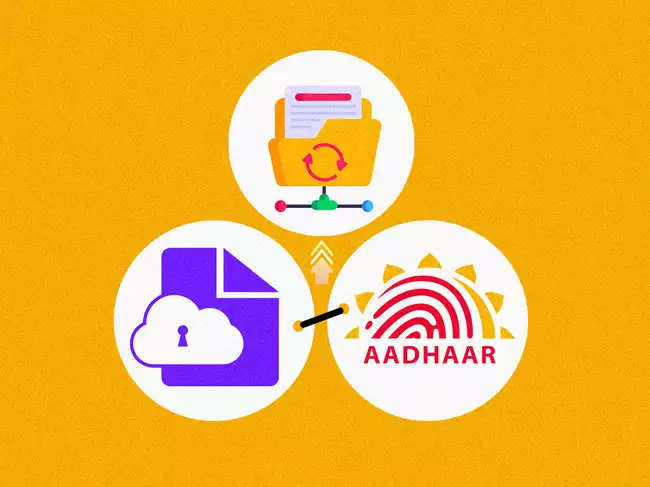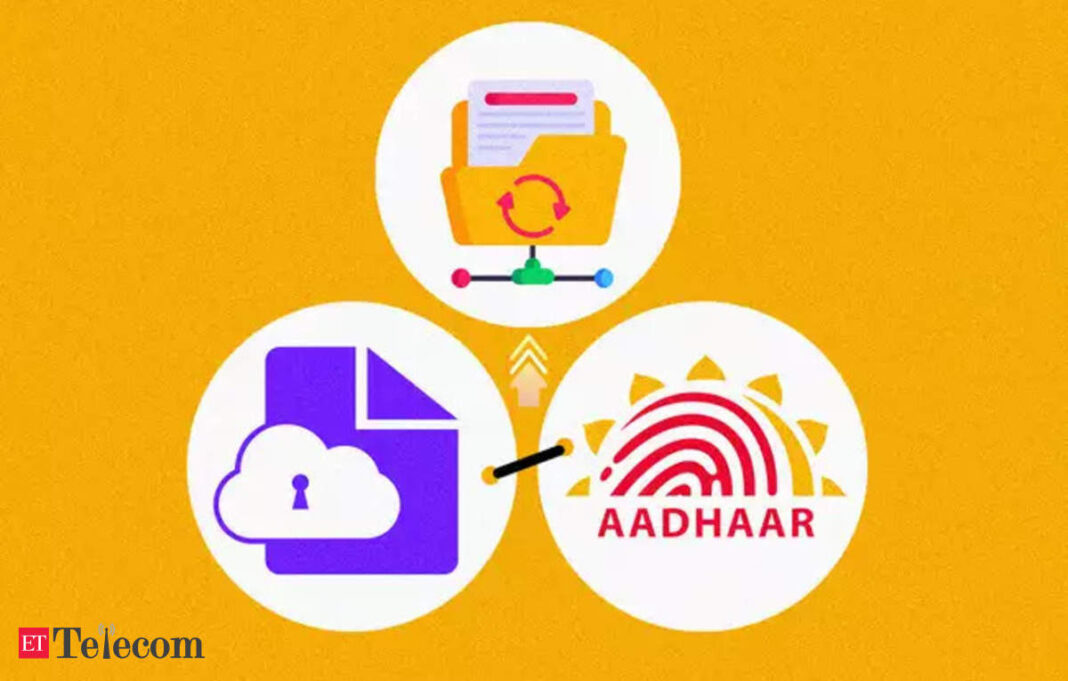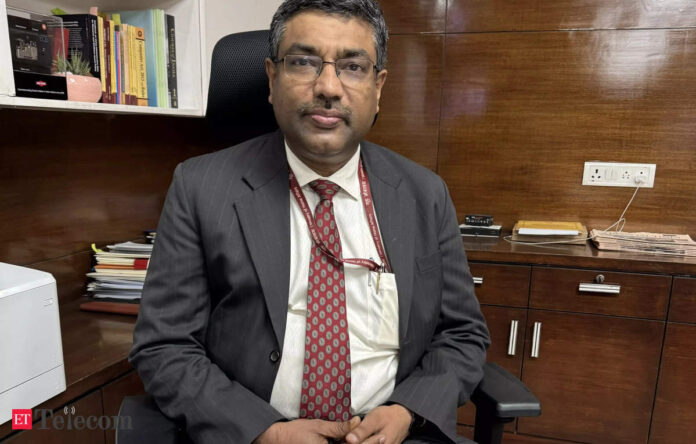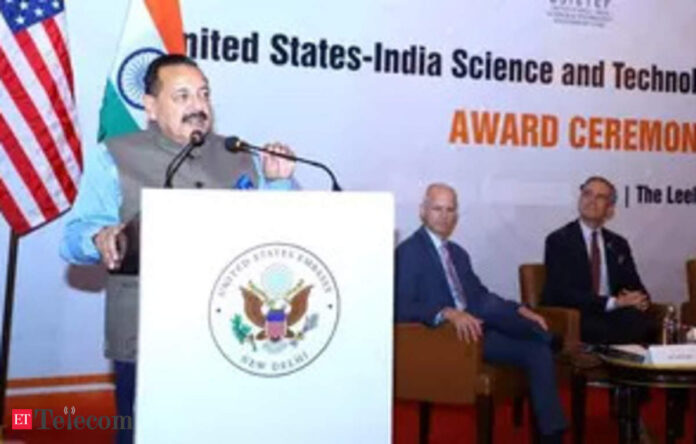In Short:
The Indian Ministry of External Affairs is collaborating with around 20 countries interested in adopting India’s successful digital public infrastructure (DPI). This technology aims to improve public services, including digital identification and payment systems, driving social inclusion. Countries like Nepal, Sri Lanka, and France are exploring this. The Indian government plans to transfer technology through agreements, building on its achievements in digital transformation over the past decade, such as the Aadhaar system and Unified Payments Interface (UPI). India also introduced the Open Network for Digital Commerce to expand e-commerce and has improved procurement savings through its Government e-Marketplace.

India’s Digital Public Infrastructure Sparks Global Interest
NEW DELHI: The Ministry of External Affairs (MEA) is proud to announce that it is collaborating with nearly 20 countries eager to tap into the robust digital public infrastructure (DPI) pioneered by the Indian government.
A Growing Global Trend
“Almost 20 countries have shown interest in adopting India’s digital public infrastructure due to its remarkable success. We are partnering with the Ministry of Electronics & IT (MeitY) to assist these nations in implementing these innovative digital platforms,” disclosed a senior official from the MEA.
What is Digital Public Infrastructure?
The concept of digital public infrastructure, or DPI, is a forward-looking approach that leverages technology to meet societal needs and improve the quality of life. It includes elements such as digital identification, payment systems, and data exchange mechanisms that empower countries to provide essential services while promoting digital inclusion.
Countries on Board
Among the nations excited to adopt this digital infrastructure are Nepal, Sri Lanka, Singapore, Maldives, France, and Bhutan.
Facilitating Technology Transfer
Looking ahead, the Indian government plans to facilitate technology transfers once memorandums of understanding (MoUs) are signed with interested countries, marking an essential step in bilateral cooperation.
Showcasing Success on the Global Stage
Last year, during India’s tenure as the G20 President, the success of DPI was spotlighted at both the Digital Economy Ministers’ Meet (DEMM) and the Global Partnership of Financial Inclusion (GPFI) Working Group.
Empowering the Global South
MEA officials believe that India can play a pivotal role in empowering the Global South through DPI development, promoting technology transfers, sharing knowledge, and advocating for the adoption of open-source technologies.
Technological Advancements Over the Decade
In just ten years, India has made impressive strides in embracing new technologies, notably enhancing its digital landscape for financial inclusion. Initiatives like the Unified Payments Interface (UPI), Aadhaar-enabled Payment System (AePS), DigiLocker, Bharat Bill Payment System, FastTag, and DigiYatra have all contributed to a faster, more efficient digital transformation.
Aadhaar: A World Leader in Biometric Identification
With over 1.35 billion enrollments, Aadhaar has emerged as the world’s largest biometric identification system, significantly mitigating fraud in welfare distribution across the nation.
Remarkable Growth in UPI Transactions
The popularity of India’s UPI has skyrocketed, with transactions soaring from 92 crore in FY 2017-18 to an astonishing 8,375 crore in FY 2022-23.
New Initiatives Toward E-commerce Inclusion
Recently, the Centre introduced the Open Network for Digital Commerce (ONDC), an exciting pilot program aimed at democratizing e-commerce. The initiative aspires to onboard 30 million sellers and 10 million merchants across various cities, making e-commerce accessible to more people.
Government e-Marketplace Achievements
The Government e-Marketplace (GeM) portal has reported impressive savings of more than 10% on procurement costs across the public sector, clocking in over Rs 1.24 lakh crore in this fiscal quarter of 2024-25.





